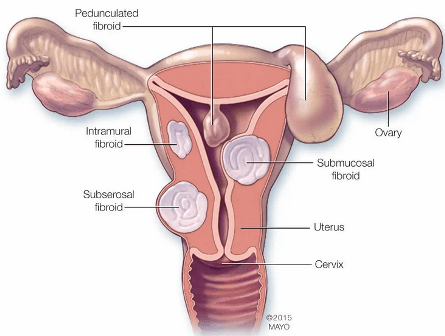Uterine fibroids are the leading cause of women undergoing hysterectomies, leaving them unable to bear children.
Fibroids often are diagnosed in women between 20 and 40. They can cause heavy menstrual bleeding, pain and infertility.
Dr. Michelle Louie, a Mayo Clinic gynecologic surgeon and fibroid specialist, says there’s a newer nonsurgical procedure to remove fibroids.
Fibroids are muscular tumors that grow in the walls of the uterus. In most cases, they’re benign.
“Even small fibroids, depending on their locations, can cause menstrual irregularities or heavy menstrual periods,” says Dr. Louie.
She says a newer, minimally invasive treatment called radiofrequency ablation effectively removes fibroids.
“This technology is really good for fibroids within the wall of the uterus because those traditionally would have required us to make an incision in the uterine tissue in order to remove and treat the fibroid,” says Dr. Louie.
Doctors insert a needlelike device into the fibroid, sending radiofrequency heat waves to target fibroids.
“Using energy to break down the fibroid tissue, and that causes the fibroids to shrink and become less productive of symptoms,” explains Dr. Louie.
Best of all, there’s little to no downtime after the procedure.
“This is the fastest recovery time I think we can offer for treating fibroid-related symptoms,” says Dr. Louie.
Uterine fibroid symptoms
- Pain during sex.
- Pelvic pain or pressure.
- Heavy or prolonged menstrual periods.
- Frequent urination.

